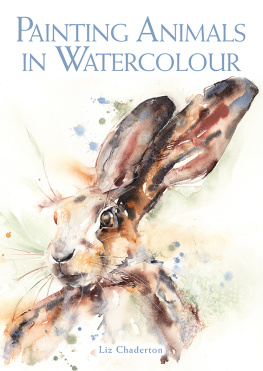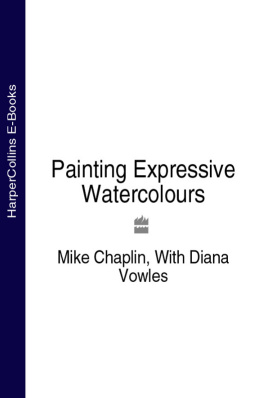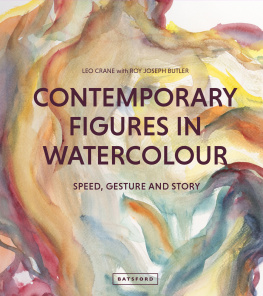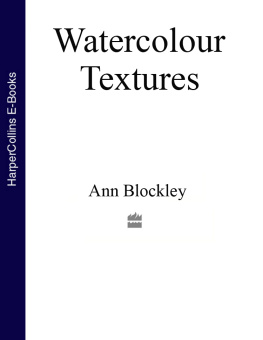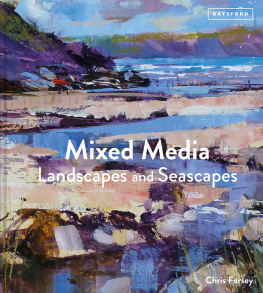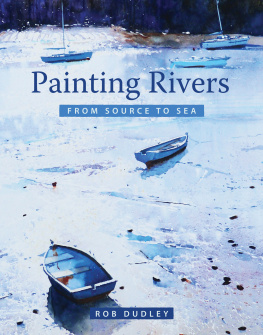Page List
PAINTING ANIMALS
IN WATERCOLOUR
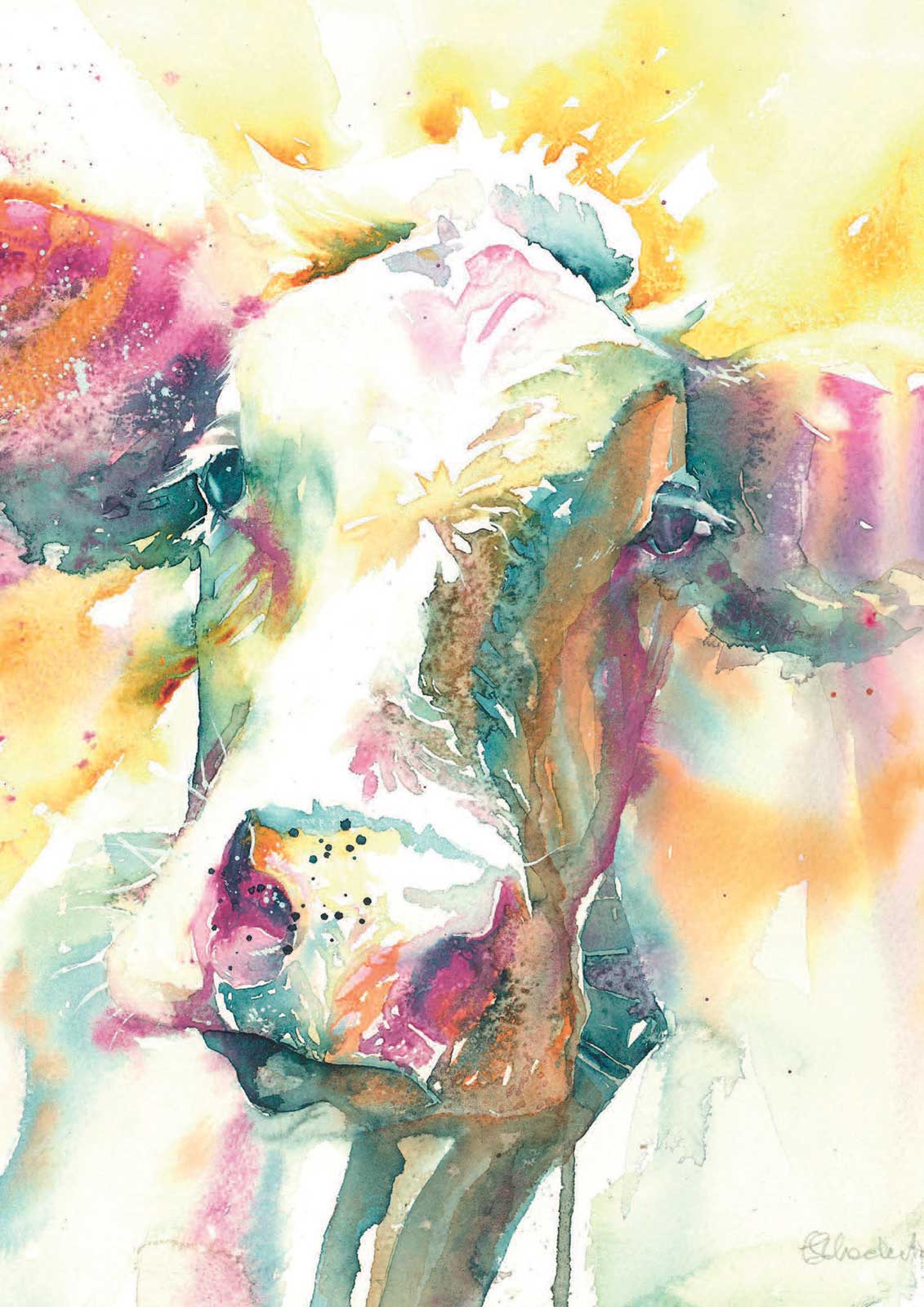
The Cow with the Zebra Ear, original size 3535cm, watercolour on paper.
PAINTING ANIMALS
IN WATERCOLOUR
Liz Chaderton

First published in 2020 by
The Crowood Press Ltd
Ramsbury, Marlborough
Wiltshire SN8 2HR
www.crowood.com
This e-book first published in 2020
Liz Chaderton 2020
All rights reserved. This e-book is copyright material and must not be copied, reproduced, transferred, distributed, leased, licensed or publicly performed or used in any way except as specifically permitted in writing by the publishers, as allowed under the terms and conditions under which it was purchased or as strictly permitted by applicable copyright law. Any unauthorised distribution or use of this text may be a direct infringement of the authors and publishers rights, and those responsible may be liable in law accordingly.
British Library Cataloguing-in-Publication Data
A catalogue record for this book is available from the British Library.
ISBN 978 1 78500 788 0
Dedication
Thank you to everyone at Crowood for bringing this book to life. Grateful thanks to all my students at classes and workshops who have been guinea pigs I always learn so much from them. I thank my family for their patience and tolerance as my art spreads from the studio into every room of the house. Finally, thank you to the beautiful animals (especially @bassethound_sofie) who have posed and bring me such joy.
INTRODUCTION
The joy of capturing animals in artwork (and why you should draw from life)
Since the time when early Homo sapiens drew bison and wild horses on the walls of their caves, we seem compelled to capture the amazing variety of animal life and integrate their images into both our functional and decorative objects. What is so striking is that the animals in even these earliest depictions, though many thousands of years old, have a life and essence that leaps off the rocks and down the centuries at us.
Many artists still feel the same compulsion to draw animals today, and the challenge remains how to breathe life into our paintings and make the animals jump off the paper. For me, the question is how to capture the essence of the beast. Painting every hair or feather might capture a likeness, but a few well-chosen lines or brushstrokes of paint will capture the character and soul of the animal. It is the latter approach that we will explore here.
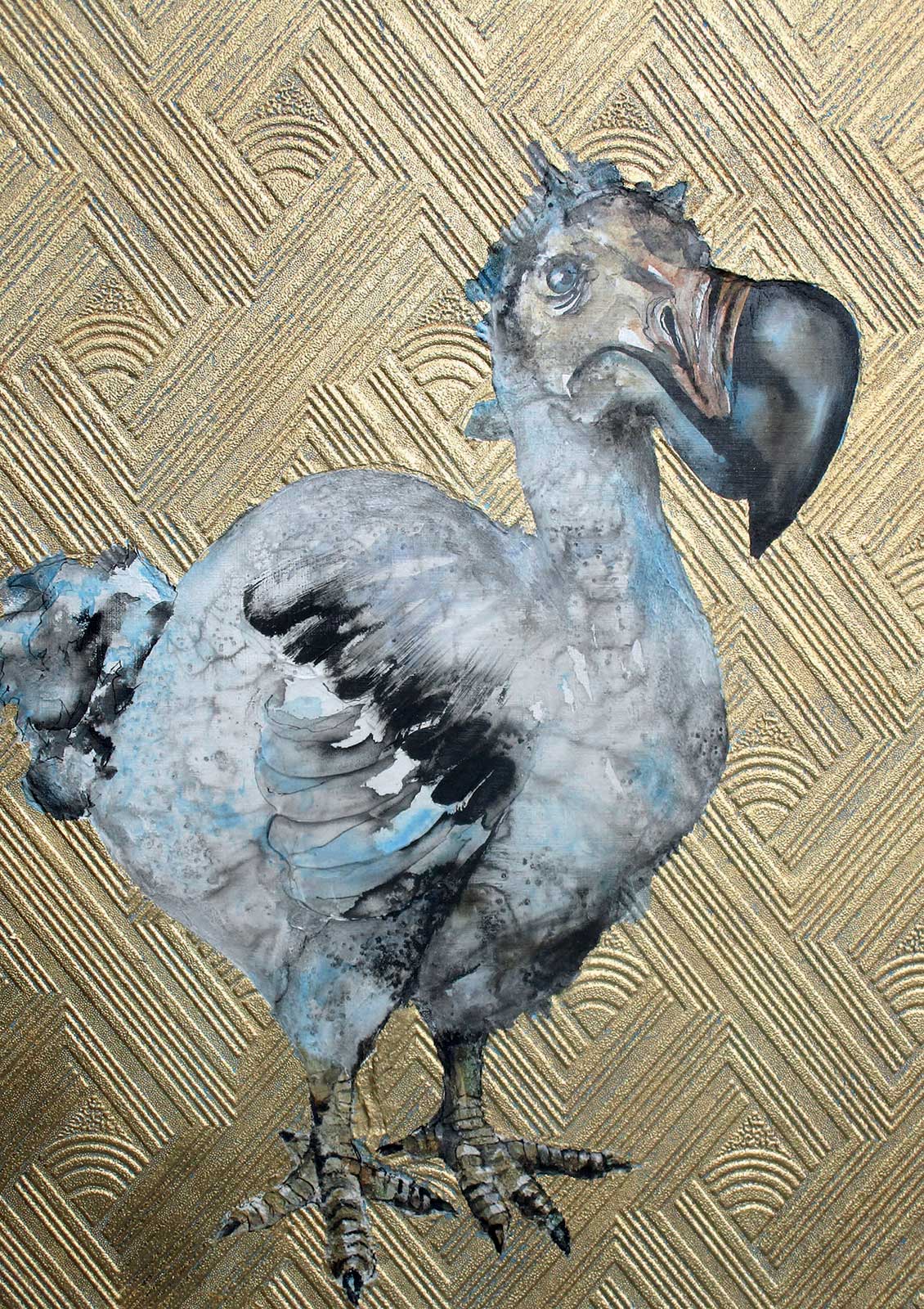
Catch Me While You Can. Crop of dodo painting in ink, watercolour and metal leaf on panel. Original size 4655cm.
We are living through what scientists call the sixth mass extinction in Earths history. Human overconsumption is causing a crisis not just in the climate but for wildlife. Common and rare species are being lost, and we are to blame. Even the most humble farmyard sheep or domestic cat is a creature of incredible beauty and complexity. By discovering and capturing that beauty, and sharing it with others, I hope to prompt a more caring attitude to the animals with whom we share this planet and, in turn, the environment we all rely on.
It is inevitable that when you start drawing or painting animals you rely on photography; however, there comes a time when you will want to inject more life and movement into your work and you therefore need to study animals from life. The purpose of this book is to help you with the leap from simply capturing a likeness to really looking at and seeing the animal as it is.
The feasibility of a safari or venturing into the rainforest is low for most of us, but we may have pets, see wildlife in our parks or live within a relatively short distance of a zoo. While it can be daunting to work outside and in public, the benefits are immense. This book aims to be a really practical guide on where to go, what to take and how to overcome nerves. Rather than to be a glossy reference book, it has been written (I hope) in a way that you will feel you are painting or drawing along with me. I want to see its pages thumbed and splashed with paint.
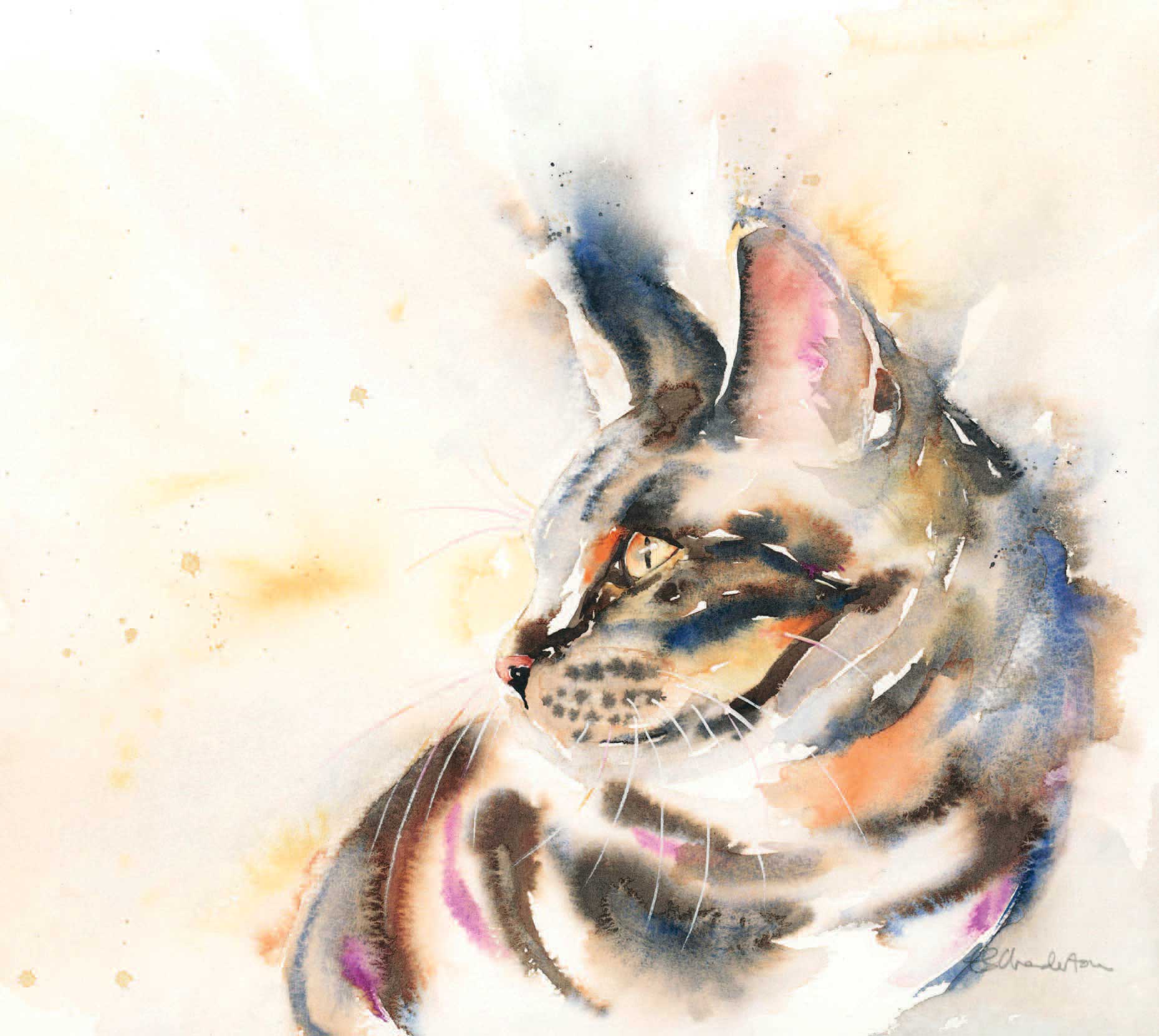
Tabby, 3545cm, watercolour on paper. A domestic moggy is as amazing as a wild tiger when you start really looking.
These sketches arent an end in themselves, and you might think that they are pretty rough, to be honest. Once you have studied and sketched your animal, you will want to develop your sketches into a more finished painting back in the studio, so the second half of this book gives prompts and ideas to help you do so.
I chose to use water-based media. You might think of watercolour paintings as delicate and ethereal they can be, but they can also be vivid and passionate. You might think of them as subtle and hidden away behind glass they can live exposed in the spotlight on canvas or panel. You might question their versatility, but watercolours can mix with other media and hold their own. I dont think of watercolour and ink as poor cousins of oil paint or a pale imitation of acrylics. Watercolour is a powerful medium in its own right. I hope to convert you to my way of thinking.
Drawing and painting are skills to be learnt and practised. Just as you would not expect to be able to run a marathon without a preceding training regime, please do not be disheartened if your first sketches or paintings do not turn out as you wish. You need to train your eye and exercise your hand. Practice really will make perfect, and do keep your early pieces, to see how far you have travelled.
So, I would like this book to help you to see the extraordinary in the animals you encounter and also to explore the versatility of watercolour in capturing your observations of, and emotional responses to, animals.
Above all, if this book encourages you to pick up a pencil, pen or brush and try to capture the fauna around us, I shall feel it has achieved its goal.
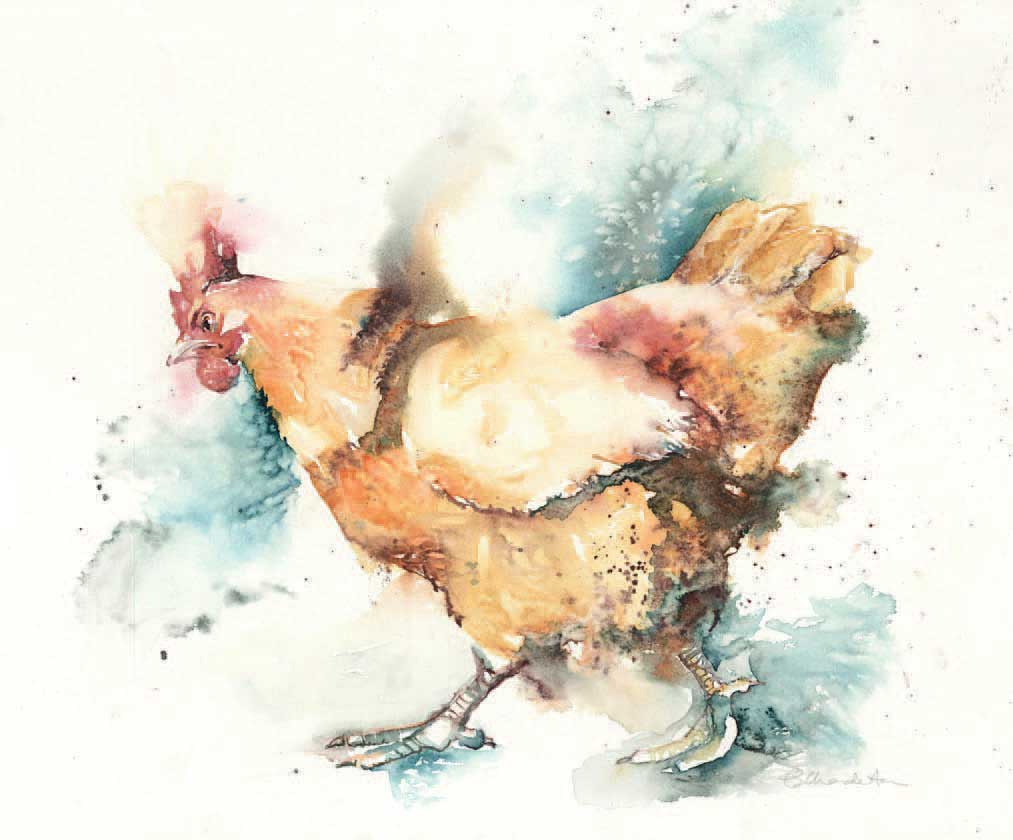
On a Mission, 45x35cm, watercolour on paper.
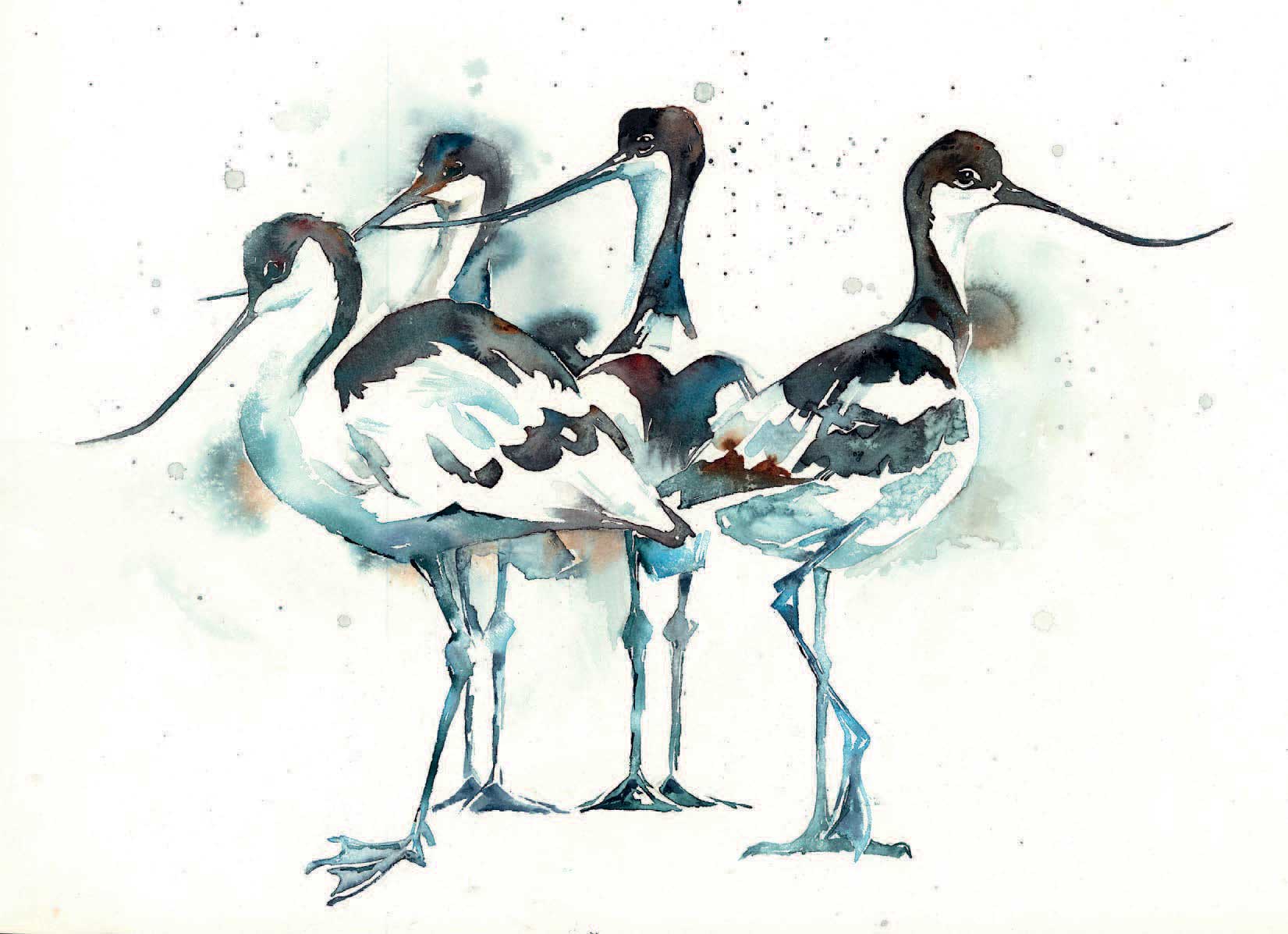
We Are Family, 45x33cm, watercolour on paper. Painted after a visit to Birdland in Bourton-on-the-water to capture that lovely swoop of their bill and their blue legs.
CHAPTER ONE
DRAWING TECHNIQUES
Draw what you see, not what you know
Deciding to learn to draw and paint can be daunting. We procrastinate and sabotage our efforts by waiting until we have the perfect pencil and a pristine sketchbook or have collected the long list of recommended supplies. The good news is that all you really need is something to make a mark and a surface to put that mark on. You can start to train your eye to truly see by using a ballpoint pen and a piece of photocopier paper. So lets jump straight into techniques and worry about materials later.

